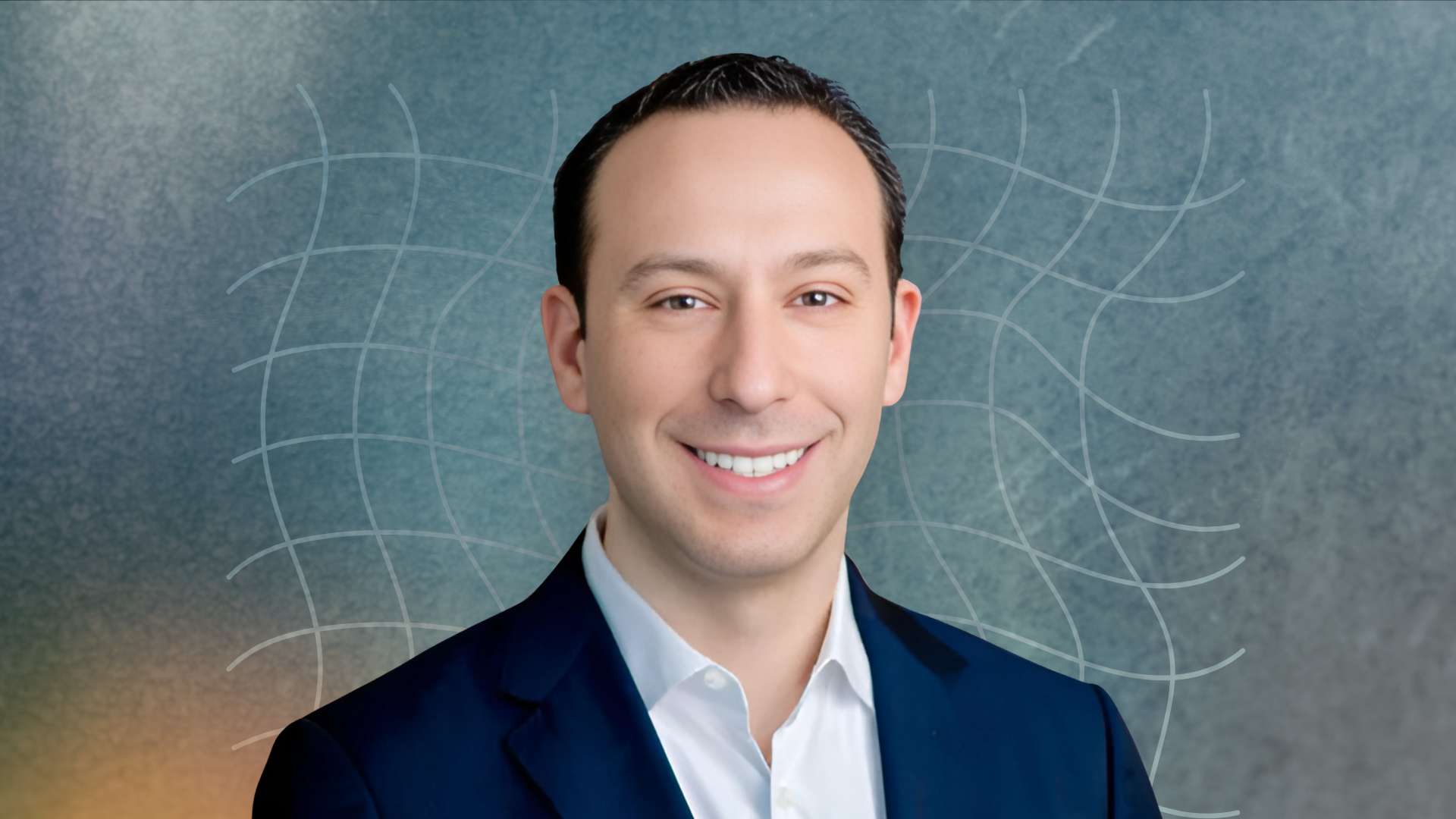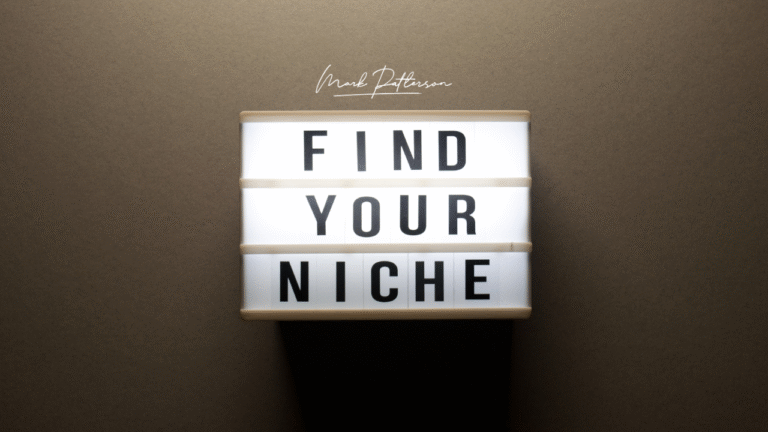
Mark Weinstein, Hilton’s Chief Marketing Officer, has mastered the art of turning brand loyalty into an emotional connection. He isn’t just shaping the public perception of Hilton; he’s ensuring that customers don’t just use the brand but believe in it.
When most people think of branding, they picture logos, taglines, and a well-curated social media presence. But if you’re building a personal brand—one that stands for something deeper than visibility—there’s a lesson to be learned from one of the biggest names in hospitality.
[RELATED] How Adrian Per Built a Creative Empire with $13 in His Bank Account
In a conversation recorded live at Brandweek 2024 in Phoenix, Arizona, Weinstein shared insights into what it takes to build lasting loyalty. From revamping Hilton’s rewards program to rethinking the company’s marketing approach post-pandemic, his strategy is clear: brand-building and performance marketing aren’t at odds—they are one and the same.
For leaders and entrepreneurs building their own personal brands, the takeaways are invaluable.
The Foundation of Loyalty: Create Value First
Weinstein is direct about what makes a loyalty program successful: it’s not just about rewarding people for staying—it’s about making those stays meaningful from the start.
“It wouldn’t be advantageous to get the 13th bagel for free if the first 12 weren’t good,” Weinstein explained on the Marketing Vanguard podcast.
In other words, loyalty doesn’t come from perks alone. If the product, experience, or service isn’t already exceptional, incentives won’t create long-term brand evangelists.
For personal brands, this means your audience’s loyalty isn’t built on giveaways or discounts—it’s built on the quality of your content, insights, and interactions. If people are only following you for a freebie, they’ll leave the moment the incentives stop.
Lesson for Leaders: Before focusing on expanding your reach, ask yourself: Am I delivering something worth coming back for?
Beyond Short-Term Gains: Merging Brand and Performance Marketing
A common misstep in brand-building is treating long-term awareness and short-term conversion as two separate objectives. Weinstein dismantles that thinking.
“The brand versus performance marketing debate is shortsighted. Both elements are essential for success.”
When Hilton reorganized its marketing structure, Weinstein combined brand marketing and customer loyalty functions under one leadership umbrella. The shift ensured that every campaign wasn’t just about visibility—it was about sustained engagement.
For personal brands, the equivalent is balancing storytelling with measurable impact. It’s not enough to post content that garners likes if it doesn’t reinforce your expertise, credibility, or long-term positioning.
Lesson for Leaders: If your brand is only focused on immediate engagement—without reinforcing a larger narrative—you’re missing the bigger picture.
Owning Your Unique Positioning: The Power of a Clear Message
During the pandemic, Hilton had a choice: follow industry clichés about travel rebounding, or redefine its position. Weinstein and his team chose the latter.
“Rather than following industry clichés about travel, we focused on Hilton’s unique role in the customer journey – the stay itself.”
The result? “For the Stay,” a campaign that didn’t just advertise hotels but reinforced Hilton’s deeper role in people’s lives—whether through family vacations, business trips, or even crisis accommodations.
This approach is a wake-up call for leaders who dilute their brand voice trying to appeal to everyone. The brands that endure aren’t the ones that chase trends—they’re the ones that own their space and communicate it relentlessly.
Lesson for Leaders: If your messaging doesn’t clarify why you do what you do better than anyone else, you’re blending into the noise. Define it. Reinforce it. Own it.
[RELATED] Personal Branding and Pricing Strategies for Freelancers | Omar El-Takrori and Chris Do
Understanding Audience Behavior: Post-Pandemic Shifts in Engagement
Consumer psychology has shifted dramatically in recent years, and Weinstein is paying attention.
“Consumers have shifted from bucket lists to ‘to-do lists.’ They’re no longer waiting for big milestones to travel—they’re making it happen now.”
For personal brands, the same holds true. Audiences aren’t passively consuming content, waiting for the right moment to take action. They want real, actionable value now.
This is why vague inspiration doesn’t hold weight the way it once did. People aren’t just looking for motivation—they’re looking for transformation. If your brand isn’t addressing real pain points and offering tangible solutions, someone else will.
Lesson for Leaders: Stop thinking about your audience’s future needs—speak to their current reality. What can they apply today?
The Role of Authentic Partnerships: More Than Just Influence
When Hilton partnered with Paris Hilton, it wasn’t just a celebrity endorsement—it was a brand alignment decades in the making.
“Her personal history with Hilton hotels and genuine connection to the brand make her an ideal partner.”
Too often, brands—personal and corporate alike—focus on reach rather than authenticity when it comes to partnerships. But audiences can sense when an endorsement is just a transaction.
For those building personal brands, the takeaway is clear: Align with people and companies that naturally fit into your brand story. Forced collaborations don’t just fail to connect—they actively erode trust.
Lesson for Leaders: Choose partnerships that reinforce your values and credibility, not just your exposure.
Leadership Beyond the Brand: Leaving a Legacy
For Weinstein, success isn’t just about Hilton’s market performance—it’s about the people behind the brand.
“My dual ambitions as CMO: advancing the brand from being loved to truly beloved, and creating a legacy through mentoring and developing talent.”
This underscores a truth that many personal brand builders overlook: Your brand isn’t just about you—it’s about the impact you have on others.
Whether that means mentoring emerging leaders, investing in the next generation of professionals, or simply sharing valuable knowledge, your legacy is the real measure of your brand’s success.
Lesson for Leaders: The best brands—personal or corporate—don’t just build influence. They build people.
Final Thoughts: How to Apply This to Your Personal Brand
Mark Weinstein’s approach to branding at Hilton is a masterclass in strategic brand-building, and his insights hold immense value for those shaping their own presence in the digital space.
Here’s how to apply these lessons:
- Prioritize long-term loyalty over quick wins. Create real value first.
- Blend brand storytelling with measurable results. Don’t choose between brand-building and performance—merge them.
- Carve out a distinct position. Own your niche and communicate it clearly.
- Adapt to your audience’s real-time needs. Address their immediate pain points.
- Choose authenticity over clout. Build relationships that make sense, not just ones that expand your reach.
- Think beyond yourself. Influence isn’t about popularity—it’s about impact.
The brands that last—the ones people return to, advocate for, and invest in—aren’t built overnight. They’re strategic, consistent, and rooted in something deeper than visibility For personal brand builders, the question isn’t just how to grow an audience—it’s how to build something people believe in.







